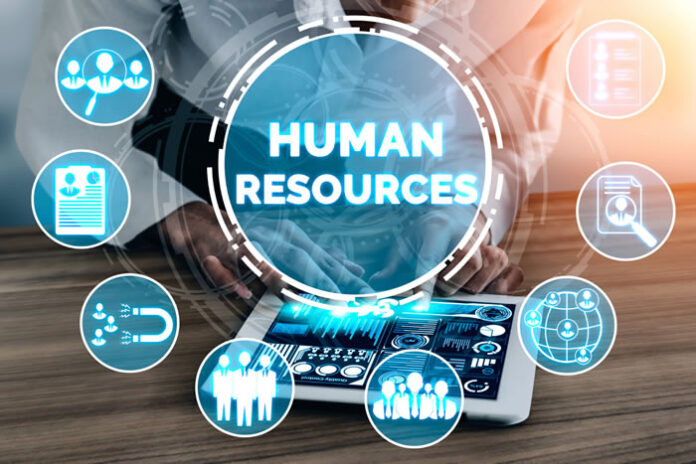It has been a topsy-turvy 2022 for the U.S. workforce. From an ongoing pandemic burnout to the Great Resignation to the Quiet Quitting trend—and now, mass layoffs in tech, hiring freezes and concerns over a 2023 economic downturn—heading into the new year, companies and HR pros are facing new challenges. Here’s the top trends for HR in 2023.
Organizations need to be prepared for what may come in the new year. Moving away from a numerical-driven approach and focusing on measuring turnover in teams, taking care of employees, and emphasizing the importance of mental health will all be tactics to help tackle an ever-changing workforce.
Regarding the Role of HR in Organizations
The HR department will no longer play a “support” role in an organization. The economic crisis has shown how important the role of HR is in an organization. Proper workforce planning and operational budgeting are strategic areas to focus on, along with top trends for HR in 2023.
Organizational Culture
- Further focus on DE&I: There is still a lot of work ahead of organizations to raise awareness (often in top positions) in the area of inclusivity, reducing inequality, and removing barriers of discrimination.
- Measure employee engagement: Last year showed the importance of building teams and taking care of employees. Many companies have solely focused on organizational growth, but instead need to pivot towards giving employees a better work-life balance.
- Transformation into learning organizations: In the new year, companies will have to understand the importance of intra-organizational learning. That is, companies need to stop sending people to external training just to “tick off” that employees receive such benefits. Organizations need to care about removing silos, cross-team learning, knowledge sharing, and being learning organizations.
Labor Market Trends
About 83% of workers prefer hybrid work. Giving team members flexibility to work remotely has become essential to retaining employees and attracting new talent. Salaries will continue to rise to keep pace with inflation and to ensure top talent does not jump ship to a different company offering better pay. Some companies operating in the most competitive industries may introduce a four-day work week or other benefits such as an emergency savings fund, mortgage assistance, or even being paid in crypto currency.
Culture
We already see people seeking not only financial stability, but also a culture with solid values, established interactions, and predictable processes.
Including remote employeesand helping them build and maintain workplace relations is going to be a challenge. Gathering people in one place once per year (for company retreat) will no longer be the best option in the times of cost cutting.
Focusing on people development, such as upskilling and reskilling, will be one of the retention strategies for those who stay in a company after layoffs. Giving people the space for individual growth is one of the most powerful tools in the hands of companies and leaders.
The Year Ahead
I believe 2023 will bring a shift in mindset – being the top performer is not about working long hours, but actually about the results and outcomes. The last year has proved just how important it is not only to build teams, but to take care of employees. Companies finally learned the importance of mental health. Next year, HR will have to learn to work with data, and learn to speak the language of business. In a crisis situation, we can’t afford to keep saying that “the human factor failed.” So watch for the top trends for HR in 2023.















